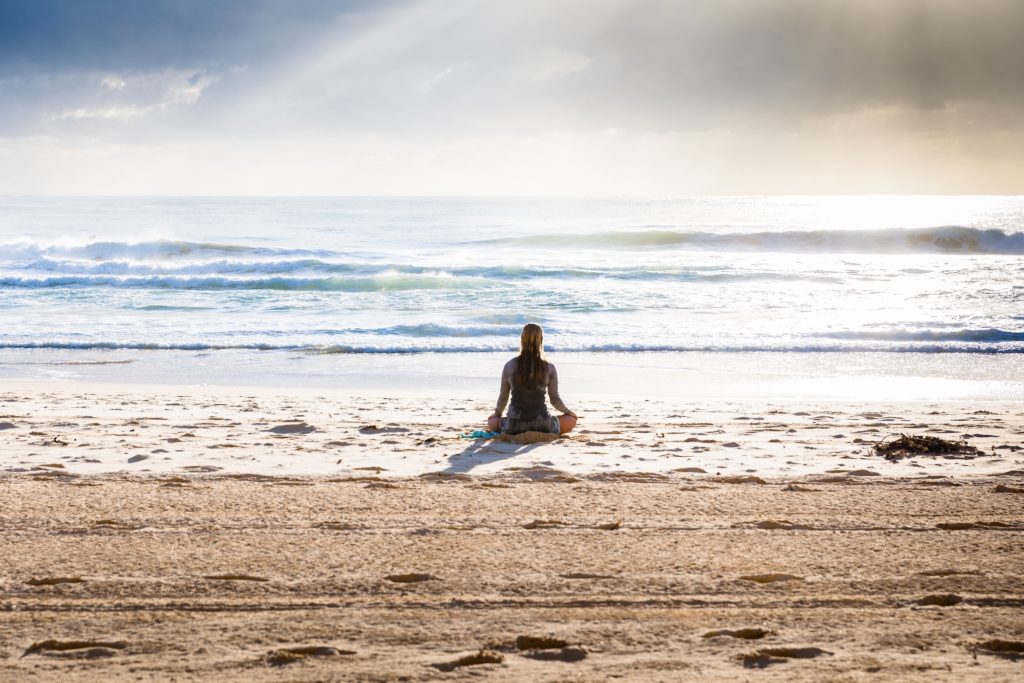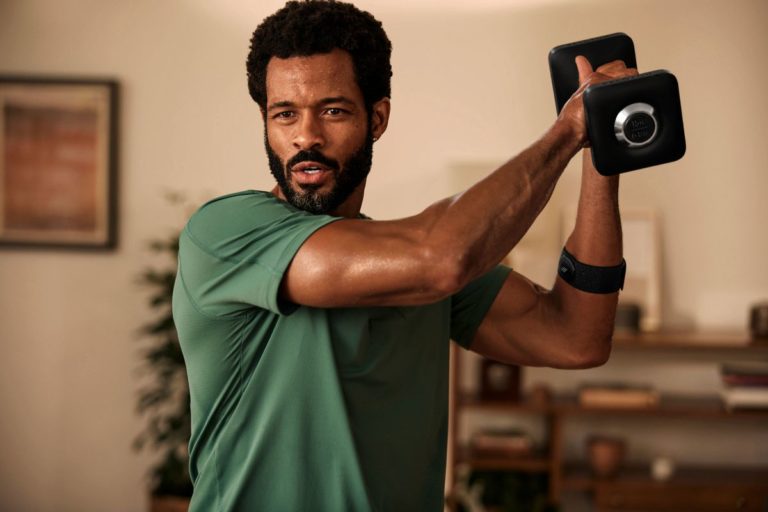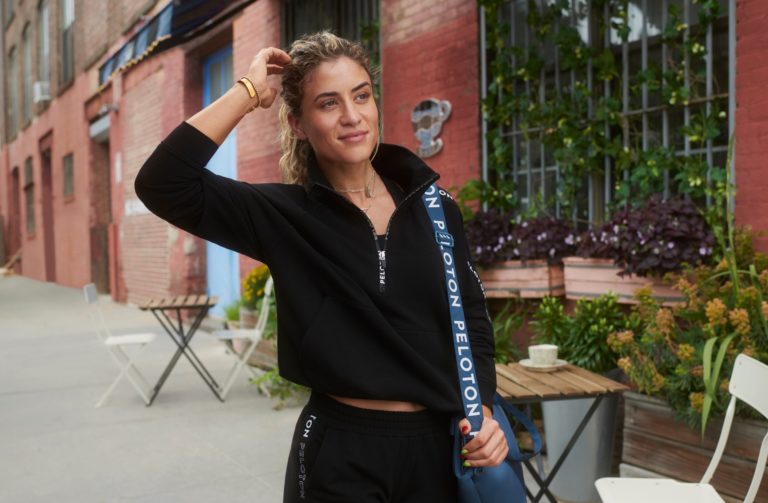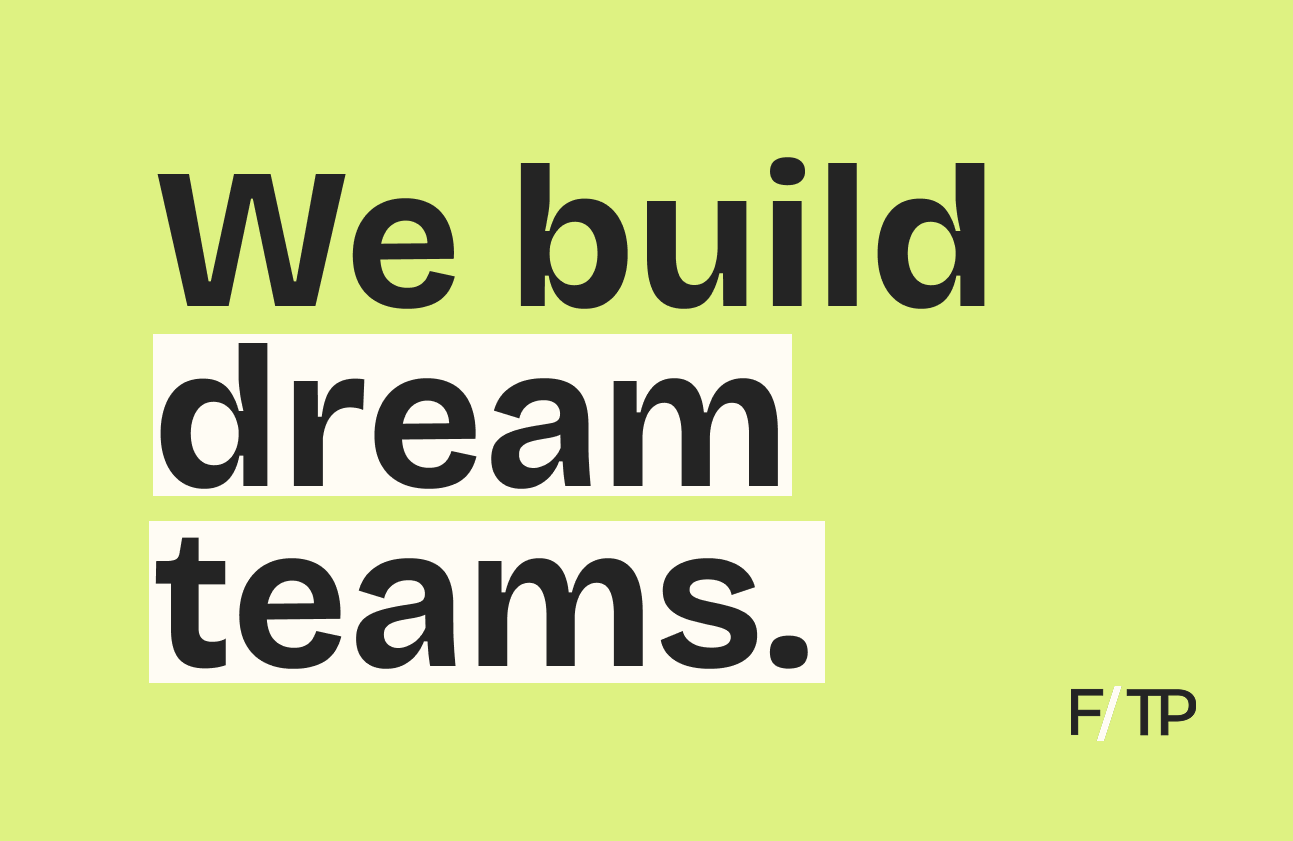How do you vacation? While some prefer relaxation over adventure, or partying over being pampered, there’s a growing demand for wellness-focused travel.
Going beyond a weekend of self-care at the spa, wellness tourism now informs our choice of destination, airline, and lodging, as well as what’s on the menu and itinerary. What’s driving this trend and how is it playing out? Let’s take a look.
Worlds collide: The convergence of wellness with travel and hospitality has created the fast-growing category of wellness tourism.
- The wellness tourism industry is expected to reach $919B by 2022.
- In 2017, travelers took 830M trips that included a wellness component.
- Also in 2017, domestic wellness travelers spent 178% more per trip than the average tourist, while international wellness travelers spent 58% more than the average.
What it is: According to the Global Wellness Institute, wellness tourism is travel associated with the pursuit of maintaining or enhancing one’s personal well-being. This definition is worth highlighting and examining further.
The emergence and growth of wellness travel signal a transition from vacation as escapism to vacation as an extension of our healthy habits. Instead of using travel as an excuse to let loose, we’re taking time off to jumpstart, restart, or strengthen our wellness routine.
Going deeper still, wellness travel signifies a broader shift from the experience economy to the transformation economy.
Transformation > Experience
In 1998, B. Joseph Pine II and James H. Gilmore penned a Harvard Business Review article in which they introduced the “Experience Economy”. In short, the pair used the progression of economic value to explain distinct economic offerings ranging from commodities to goods, services, and experiences.
“Commodities are fungible, goods tangible, services intangible, and experiences memorable.”
Flash-forward to the present day and we’ve arrived at the fifth and final economic offering: transformation. According to Pine and Gilmore, consumers want more than a memorable experience — we’re hungry for transformative experiences powerful enough to change us.
“Transformative experiences are those that foster self-actualization and change the customer in a qualitative way.”
Zooming Out. Altogether, the rise of wellness, the prevalence of burnout, and the desire for life-altering or -enhancing experiences have fueled the growth of wellness tourism. But, while these underlying factors propel the industry forward, they’re also redefining it. As a result, hospitality companies, startups, and fitness brands are seeking to capitalize on this trend.
Fit Retreats
From SoulCycle to Equinox and Goop to Well+Good, it seems like everyone is getting into wellness retreats. For brands, it’s the perfect way to connect with their cultish following while extracting additional dollars from its most devoted customers.
This approach is proving to be a hit with younger consumers. One survey of 5,000 millennials found that 40% of respondents would rather go on a fitness retreat with their favorite instructor than attend a five-star resort. More telling, though, 91% of respondents said they’d never been to a high-end resort.
Spas & Resorts
Millennials might be abandoning spas, but spas and resorts aren’t willing to give up on wellness-focused travelers of any age. In fact, they’re actively courting them.
Miraval is going to great lengths to help guests disconnect. From floating meditation and “intuitive massage” to tightroping and beekeeping, there’s plenty to do. And, while the resort isn’t confiscating phones, they’re banned in public spaces. Similarly, Canyon Ranch is seeking to reaffirm its place among wellness destinations by focusing on a personalized, immersive experience. This fall, the 40-year-old hospitality group introduced its newest location in Woodside, California.
Airbnb Experiences
The shifting travel landscape is further complicating matters for spas, while also creating new forms of wellness tourism. Earlier this year, new numbers from Airbnb spoke to this trend. The hospitality company reported a surge in bookings for wellness-related Experiences, citing a 500% increase from 2017 to 2018. Of note, growth was strong among seniors (ages 60+), as well as with Gen Z and millennials, where more than 800% growth was reported in both age groups.
The Whole Trip
Destination aside, the entire journey is getting the wellness treatment. Healthy hotels like Sanctuary or Equinox Hotel embody the wellness lifestyle. Now, airlines are rushing to offer midair wellness solutions — Turkish Airlines unveiled its Fly Good, Feel Good program and Les Mills, a pioneer in group fitness, partnered with Air New Zealand to bring on-demand, in-flight workout videos for long-haul flights.
Mindfulness is also a popular in-flight perk, with Calm and Headspace both striking airline partnerships. There are even apps, like Timeshifter, aimed at combating jet lag. Plus, concepts like ROAM Fitness are hoping to put more gyms in airports.
Takeaway
All signs point to us wanting more wellness, not less. As a result, expect the convergence of wellness, hospitality, and travel to continue. The outcome will give rise to ever-more-inventive wellness destinations, activities, and businesses geared toward helping consumers achieve self-actualization through transformative experiences.




